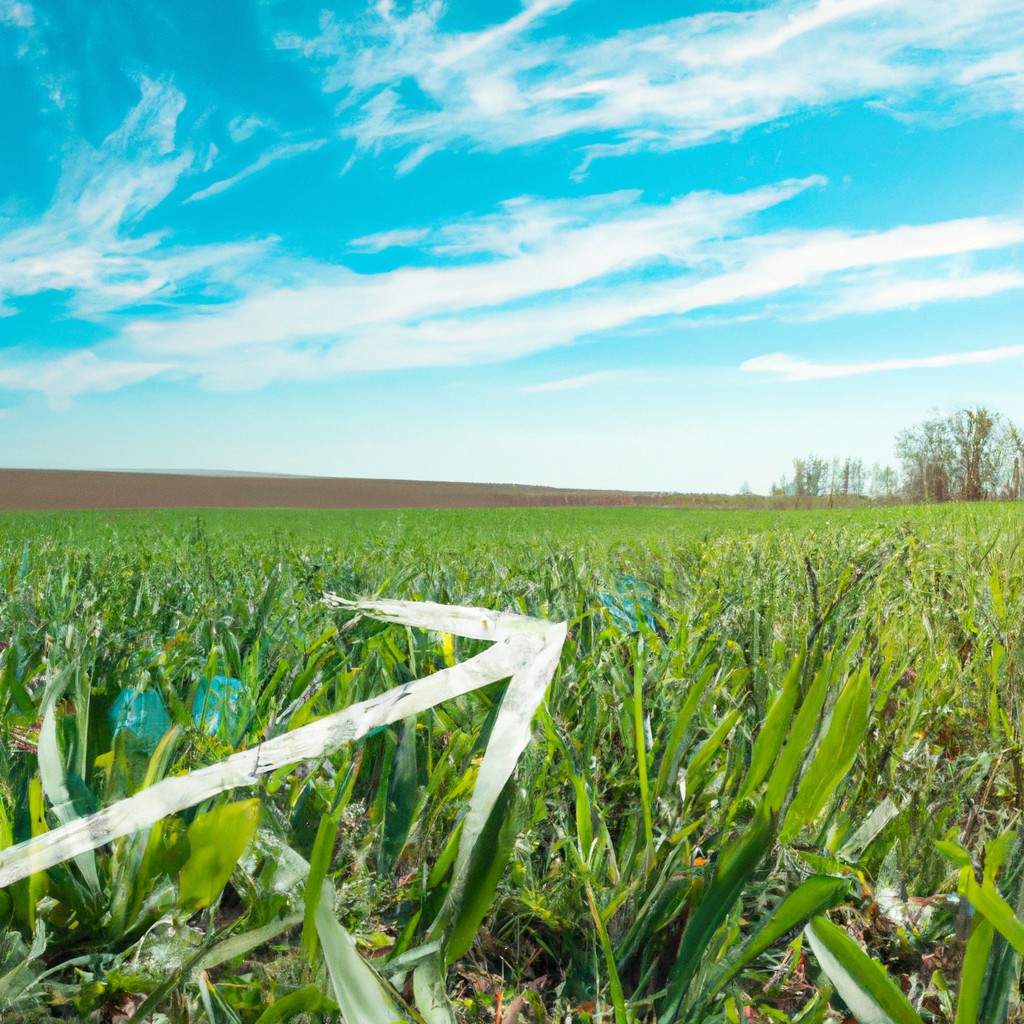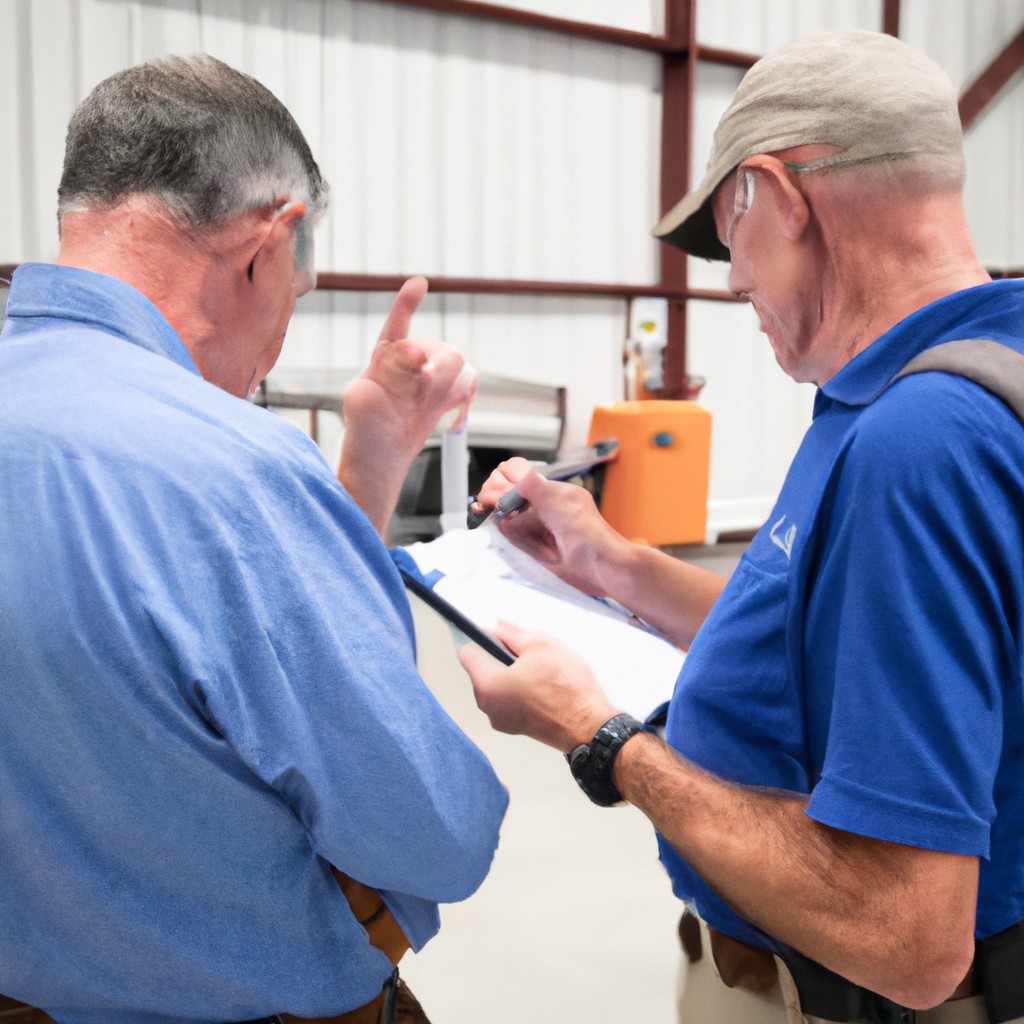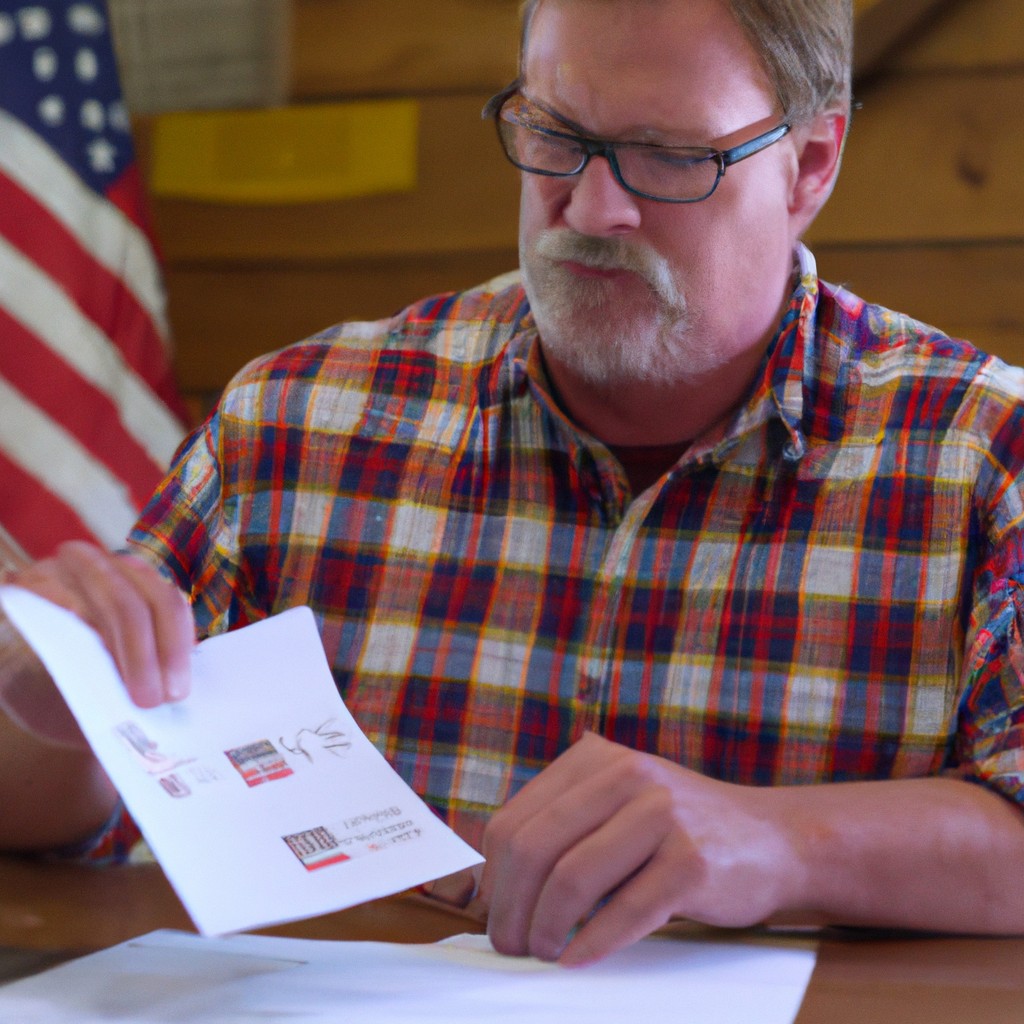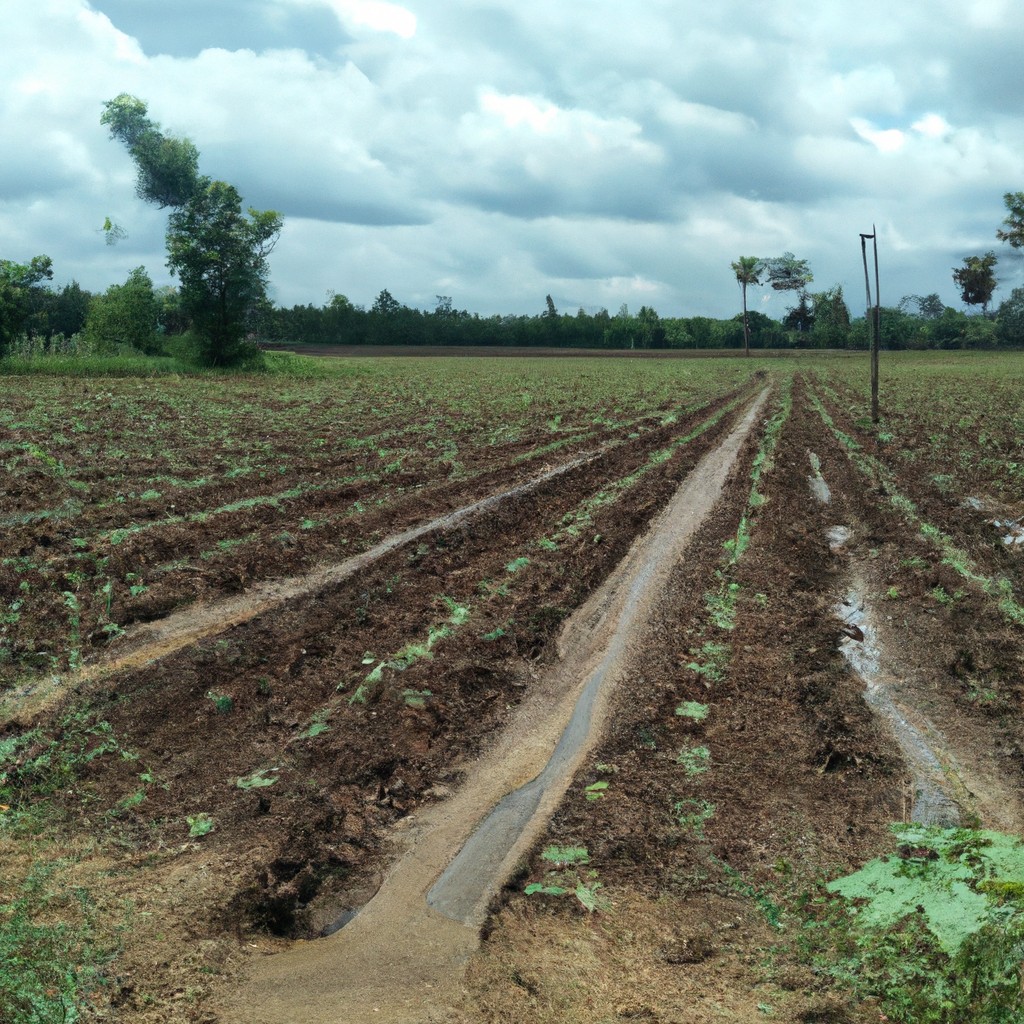Discover how the Enclosure Acts transformed British agriculture by consolidating common land, reshaping the rural landscape, and impacting local communities.
Look Inside:
History and Background
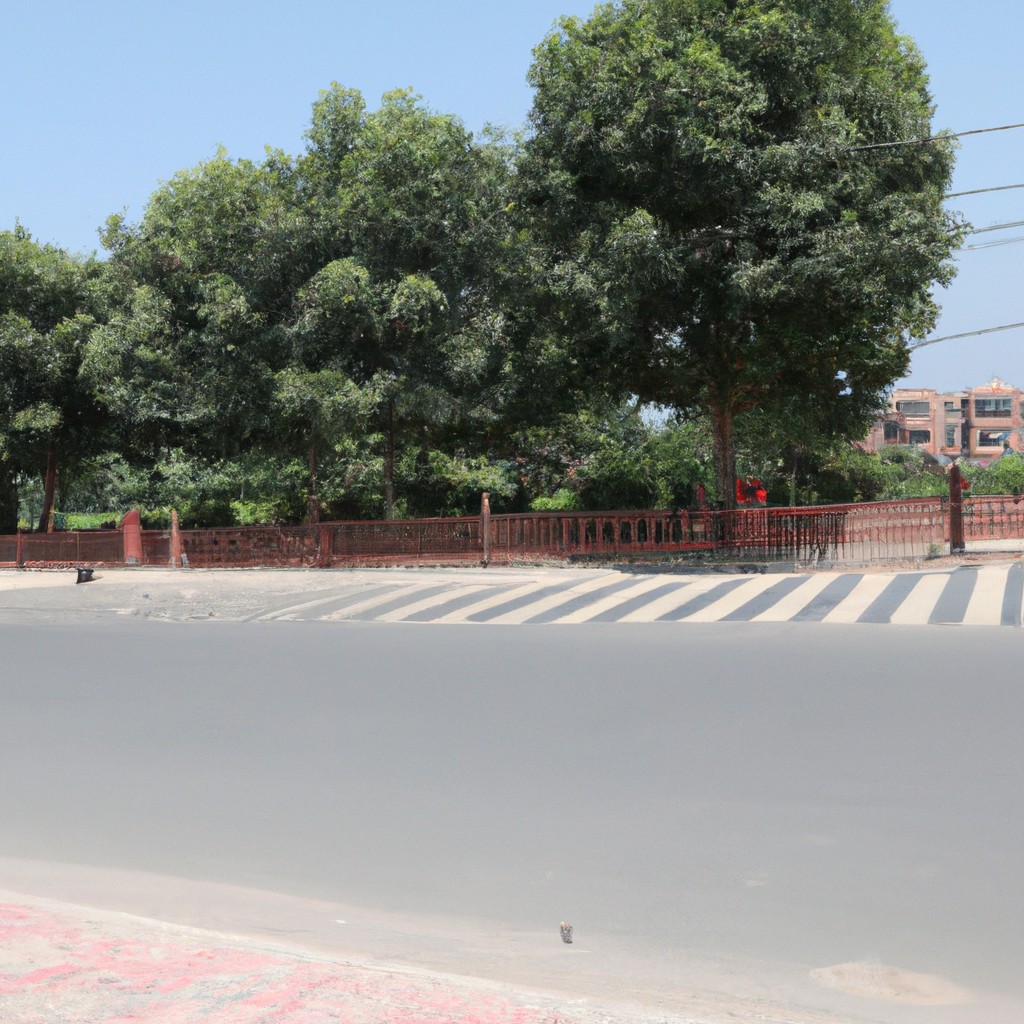
Once upon a time in merry old England, spacious open fields were practically Tinder for sheep and crops—everyone grazing and farming on shared land. Cue the Enclosure Acts. These legal power moves kicked off in the 16th century, swooping in to play a critical role in the Agricultural Revolution. Like a possessive landlord, Parliament began fencing off these lands, turning communal areas into private property.
Imagine these acts as the original land-grab games. The aim? Ramp up agricultural efficiency by kissing merry chaos goodbye and introducing orderly farming. Although it might sound neat, think of it as Marie Kondo snatching your favorite sweater while tidying up your closet—it tidied some lives, derailed others.
Feudal systems quaked in their boots (if they had boots), as the system shifted faster than a caffeine-fueled brainstorming session. Development clicked into gear, but it wasn’t all sunshine and rainbows. Small farmers were left to ponder over the fences, wondering which came first: the chicken or the heartbreak over lost communal lands?
Impact On Agriculture and Society
The transformation was more dramatic than a tractor at a disco. The shift to enclosed fields optimized land use, sending agricultural productivity through the roof. By defining property boundaries, landowners could innovate with crop rotations and soil management, giving Mother Nature a high-five. Happiness for those who owned the land, but not so much for the common folk.
It wasn’t all sunshine and bumper harvests. Small farmers, often with no land of their own, found themselves booted off the land like an unruly chicken. Communal grazing—poof! Gone. This shift created waves in rural communities faster than you can say “vegetable smoothie.”
On the socio-economic front, it boosted market-oriented agriculture, catalyzing the Industrial Revolution. Bye-bye, feudal system; hello, capitalism. A rural labor force suddenly found itself in town, fueling the rise of urban centers. Thus, these changes didn’t just till the fields; they sowed the seeds of modern capitalism.
Methods and Legislation
The Enclosure Acts were passed in a series of waves between the 12th and 19th centuries, transforming the rural landscape like a tailor fitting a suit. Parliament, eager to stitch up the open fields, put forth a sensational flurry of legislation.
Landowners, with dreams of efficiency, applied for private acts, transforming shared land into fenced-in plots faster than a scandal spreads in high society. Picture it: land that once looked like a patchwork quilt now resembled a neatly organized spreadsheet.
The open-field system, while lovely for goats and neighborly chats, was kicked to the curb. By applying enclosure methods, landowners optimized agricultural output. Think of it as the ancient version of getting a VIP pass to better crops, only with more fences and less fanfare.
Perhaps the oddest method was the transformation of commons. Villagers suddenly faced more fences than they did polite greetings from their neighbors. These weren’t just any old barriers; they were legal demarcations, backed by the full pomp and circumstance of Parliament. Land became a tangled web of ownership, leading to a countryside that felt more like a board game than a community.
So, while the gentry triumphed, many smallholders found themselves wondering if they’d missed the memo about these so-called improvements. But for every plot fenced, another found its profits. Who knew boundaries could be so powerful? Or so controversial?
Social Unrest and Resistance
Oh, the drama! Imagine pitchforks, torches, and probably a goat or two on a mission. When land that was once common became enclosed, the villagers weren’t exactly throwing a parade.
- Displacement was no picnic: Poor farmers, now landless, drifted to cities in search of work, or migrated to places where enclosures weren’t as common, perhaps to escape those relentless hedgerows.
- Riots and Revolts: People weren’t hiding their pitchforks. Protests erupted, sometimes resulting in local skirmishes. Folks were resistant to saying goodbye to their ancestral lands.
- Legal Challenges: Enclosure by Lords often faced its day in court, as community members sought to challenge these practices through early iterations of legal battles.
- Social Tensions: Enclosure deepened the chasm between wealthy landowners and the peasantry. Conversations over the fence stopped being about sharing turnip tips and started being about preserving livelihoods.
- Pave the way, not the field: Some say it sowed the seeds for the Industrial Revolution, as dispossessed farmers became factory fodder. They traded soil under nails for soot in lungs, a real career change!
There you have it, a whirlwind tour of quite the agrarian soap opera.
Long-term Consequences and Modern Perspectives
The Enclosure Acts might have packed up their historical bags, but their footprints are all over modern agriculture and society. Here’s the scoop:
Hello, Industrial Revolution. Enclosures helped transform agriculture, boosting productivity like a farmyard on caffeine. They paved the way for efficient farming techniques—think crop rotation and selective breeding. Farming got serious and serious meant more food.
The countryside shuffle. Folks were nudged (or shoved) from rural areas to cities, fueling urban growth with a side of smog and industrial jobs. Yay, progress! Wait, what’s that smell?
Social stratification stickiness. Land concentration in fewer hands created a class of wealthy landowners and a heap of landless peasants. Cue social inequalities on a silver platter.
These days, echoes of enclosures are found in land policies and property rights debates. Who owns the land matters. Spoiler: it affects food security and rural livelihoods today, just as it did way back when Johnny Appleseed was just a dreamer with seeds in his pocket.
So, while the Enclosure Acts took an official exit in the past, their impact lingers, shaping modern agriculture one plot at a time.
